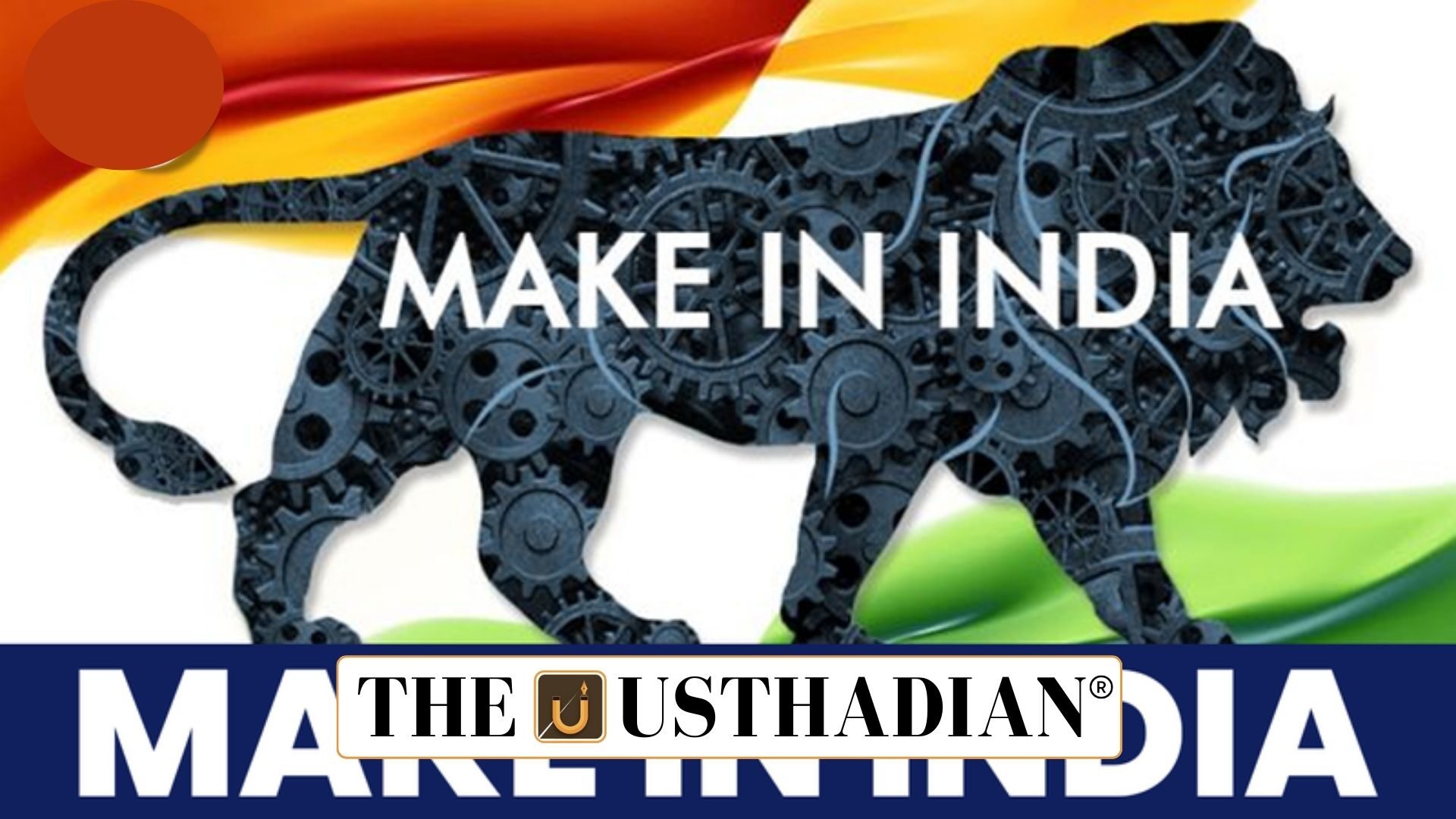Launch of Make in India
Make in India Eleven Years of Manufacturing Growth: On 25 September 2014, Prime Minister Narendra Modi launched Make in India with the aim of making India a global hub for manufacturing and investment. The programme was designed to reduce dependence on imports, strengthen job creation, and enhance industrial competitiveness.
The three major targets were to raise the manufacturing sector’s contribution to GDP from 16% to 25%, generate 100 million jobs by 2022, and attract higher foreign direct investment. The initiative identified 25 priority sectors, including defence, electronics, textiles, automobiles, and pharmaceuticals.
Static GK fact: India’s manufacturing sector contributes the second-highest share to GDP after services.
Growth in Manufacturing and Exports
Over 11 years, India’s merchandise exports expanded significantly. By FY2024, exports crossed $450 billion, led by engineering goods, chemicals, and electronics. The Production-Linked Incentive (PLI) schemes played a vital role in boosting investment in electronics, semiconductors, and pharmaceuticals.
Despite challenges like the COVID-19 pandemic, the sector displayed resilience, cementing India’s role in global supply chains.
Static GK Tip: India joined the world’s top five exporters of chemicals in 2023.
Jobs and Start-up Ecosystem
The initiative became a foundation for Aatmanirbhar Bharat and Startup India, contributing to job creation and innovation. Between 2014 and 2024, over 1.3 crore jobs were created in the organised manufacturing sector.
Tier-II and Tier-III cities witnessed rapid growth in digital and industrial infrastructure, empowering MSMEs and young entrepreneurs. The start-up ecosystem, especially in tech and manufacturing, surged to become the third-largest in the world.
FDI and Global Confidence
India attracted record FDI inflows of $85 billion in FY2022, reflecting investor confidence. Global corporations such as Apple, Samsung, Boeing, and Tesla either expanded or began manufacturing operations in India.
This reinforced India’s position as a key alternative to China in the global manufacturing landscape.
Static GK fact: India first liberalised FDI policies in 1991 as part of economic reforms.
Challenges and Reforms
Although achievements are significant, challenges persist. Manufacturing’s contribution remains around 17% of GDP, below the 25% target. Land acquisition, logistics bottlenecks, and labour laws continue to create obstacles.
However, reforms in taxation through GST, expansion of industrial corridors, and logistics modernisation are expected to improve competitiveness.
Synergy with Aatmanirbhar Bharat
Since 2020, Make in India has merged closely with Aatmanirbhar Bharat Abhiyan. Defence procurement now favours domestic industries, while India became a global hub for PPE kits and vaccines during the pandemic.
Mobile phone production rose more than ten times since 2014, making India the second-largest producer of mobile phones.
Static GK Tip: The world’s first mobile phone call was made in 1973 in New York.
Static Usthadian Current Affairs Table
Make in India Eleven Years of Manufacturing Growth:
| Topic | Detail |
| Launch date | 25 September 2014 by PM Modi |
| Key objectives | Raise manufacturing share to 25%, create 100 million jobs, attract FDI |
| Priority sectors | 25 sectors including defence, electronics, automobiles, textiles |
| Exports | $450 billion in FY2024 |
| Jobs created | 1.3 crore jobs in organised manufacturing (2014–2024) |
| FDI inflow peak | $85 billion in FY2022 |
| Current GDP share | Around 17% from manufacturing |
| Major reforms | GST, PLI schemes, industrial corridors |
| Global companies in India | Apple, Samsung, Boeing, Tesla |
| Linked initiative | Aatmanirbhar Bharat since 2020 |








